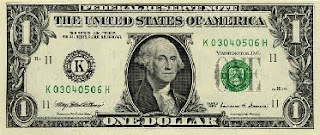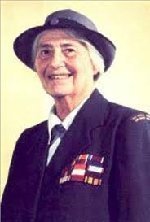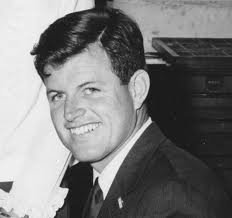
History
Slow cookers achieved popularity in the US during the 1940s, when many women began to work outside the home. They could start dinner cooking in the morning before going to work and finish preparing the meal in the evening when they came home.
The Naxon Utilities Corporation of Chicago, under the leadership of electrical engineer Irving Naxon (born Irving Nachumsohn), developed the Naxon Beanery All-Purpose Cooker for the purposes of cooking a bean meal. Naxon was inspired by a story from his mother which told how back in her native Lithuanian town, his grandmother made a traditional Jewish stew called cholent which took several hours to cook in an oven. A 1950 advertisement shows a slow cooker called the "Simmer Crock" made by the Industrial Radiant Heat Corp. of Gladstone, NJ.
The Rival Company from Sedalia, Missouri, bought Naxon in 1970, acquiring Naxon’s 1940 patent for the bean simmer cooker. Rival asked inventor Robert Glen Martin, from Boonville, Missouri, to develop Naxon’s bean cooker into a large scale production model which could cook an entire family meal, going further than just cooking a bean meal. Martin also designed and produced the mass-production machines for Rival’s manufacturing line of the Crock-Pot. The cooker was then reintroduced under the name "Crock-Pot" in 1971. In 1974, Rival introduced removable stoneware inserts, making the appliance easier to clean. The Crock-Pot brand now belongs to Newell Brands.
Other brands of this appliance include Cuisinart, GE, Hamilton Beach, KitchenAid, Magic Chef, West Bend Housewares, and the now defunct American Electric Corporation.
A basic slow cooker consists of a lidded round or oval cooking pot made of glazed ceramic or porcelain, surrounded by a housing, usually metal, containing an electric heating element. The lid itself is often made of glass, and seated in a groove in the pot edge; condensed vapor collects in the groove and provides a low-pressure seal to the atmosphere. The contents of a crock pot are effectively at atmospheric pressure, despite the water vapor generated inside the pot. A slow cooker is quite different from a pressure cooker and presents no danger of an abrupt pressure release.
To use a slow cooker, the cook places raw food and a liquid, such as stock, water, or wine, in the slow cooker. Some recipes call for pre-heated liquid. The cook puts the lid on the slow cooker and turns it on. Some cookers automatically switch from cooking to warming (maintaining the temperature at 160–165 °F after a fixed time or after the internal temperature of the food, as determined by a probe, reaches a specified value.
Heating element heats the contents to a steady temperature in the 174–199 °F range. The contents are enclosed by the crock and the lid, and attain an essentially constant temperature. The vapor that is produced at this temperature condenses on the bottom of the lid and returns as liquid, into which some water-soluble vitamins are leached.
- 4 (4 to 6-ounce each) frozen tilapia fish fillets
- 1 (8-ounce) bag frozen salad shrimp, slightly thawed and coarsely chopped
- 1/2 cup Italian breadcrumbs
- 1 teaspoon chopped fresh parsley
- 1/2 teaspoon garlic powder
- 3 tablespoons butter, melted
- 1 (7.5-ounce) box frozen asparagus spears
- 1 (0.9-ounce) packet Hollandaise sauce, prepared according to package directions
- paprika for sprinkling
- Preheat the oven to 350º. Coat a rimmed baking sheet with cooking spray. Place fish fillets on prepared baking sheet.
- In a medium bowl, combine shrimp, breadcrumbs, parsley, garlic powder, and butter, mix well.
- Top each fish fillet with an equal amount of shrimp mixture then asparagus. Drizzle half the Hollandaise sauce evenly over the asparagus and sprinkle with paprika. Bake for 20 to 25 minutes or until fish flakes easily with a fork. Heat remaining Hollandaise sauce on low until hot and serve over fish.
***If tilapia is not your fish-of-choice, go ahead and substitute another white-flesh fish in this recipe. Even if it is, try another fish fillet next time for a variation on this simple and elegant meal.

1934 – Sparky Anderson, American baseball manager (d. 2010)
Margaritas can be served on the rocks (shaken with ice), frozen (blended with ice), or straight up (without ice).
Legends
- 1 ounce tequila
- Dash of Triple Sec
- Juice of 1/2 lime or lemon



















